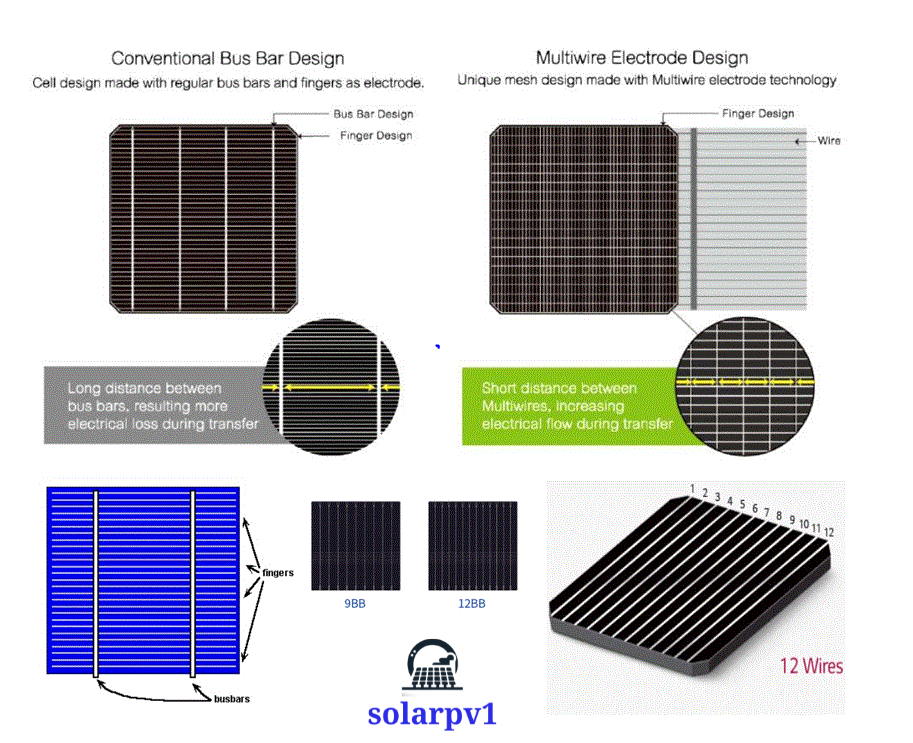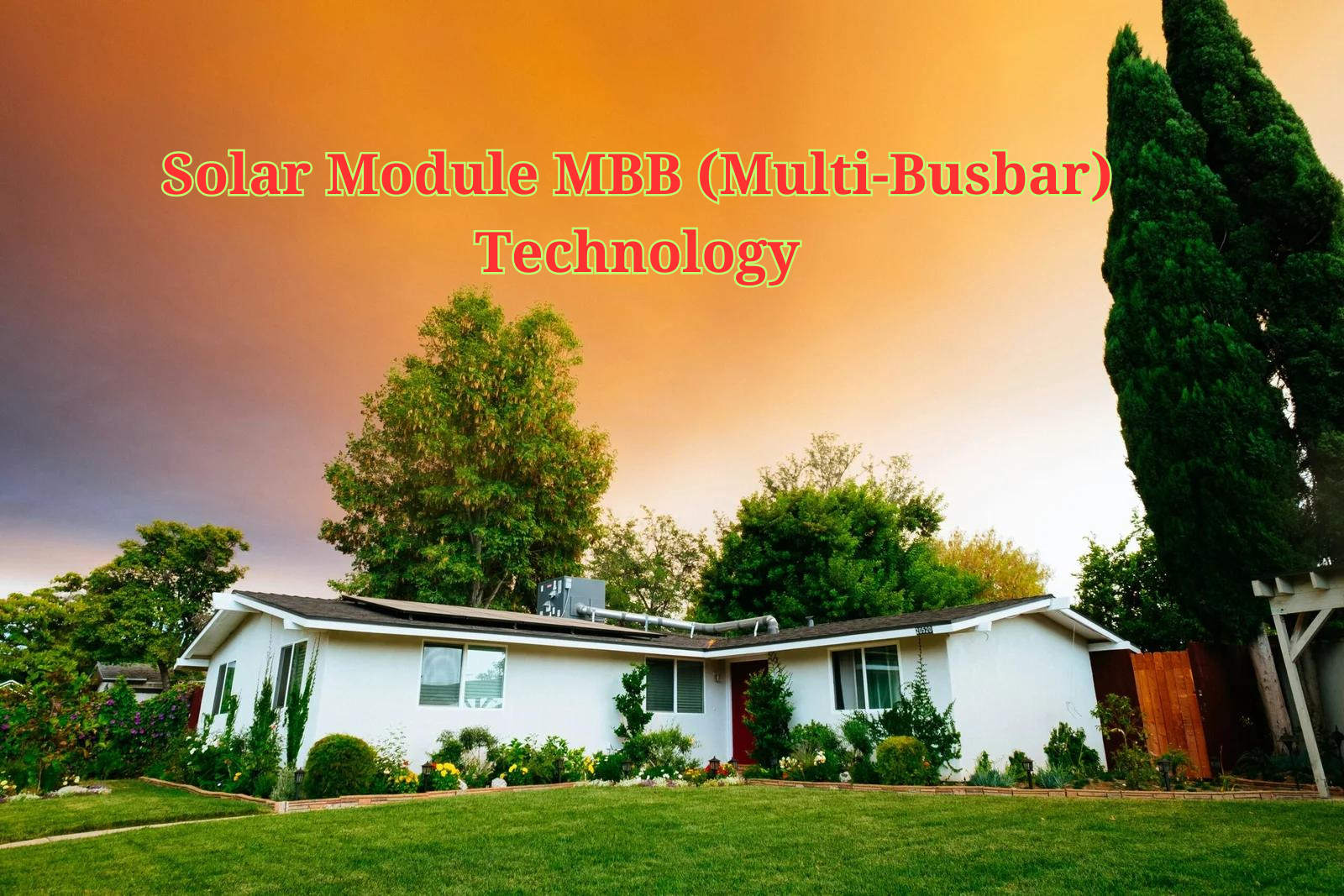Solar Module MBB (Multi-Busbar) Technology – What is it?
In recent years, the solar energy industry has seen significant advancements in technology, leading to increased efficiency and improved performance of solar panels. One such technological innovation is the Multi-Busbar (MBB) technology used in solar modules. MBB technology has gained popularity due to its ability to enhance the overall performance and reliability of solar panels.
Understanding MBB Technology

MBB technology refers to the use of multiple busbars in the design of solar modules. Busbars are thin metal strips that collect the electrical current generated by the solar cells within the module. Traditionally, solar panels have used three or four busbars to collect the current. However, MBB technology takes this a step further by incorporating a higher number of busbars, typically between five and ten.
The purpose of using multiple busbars is to reduce the resistance within the solar module and improve the flow of electricity. By increasing the number of busbars, the current is distributed more evenly across the solar cells, resulting in reduced power losses and improved overall efficiency.
Benefits of MBB Technology
There are several key benefits associated with the use of MBB technology in solar modules:
1. Higher Efficiency:
MBB technology enables solar modules to achieve higher efficiency levels compared to traditional designs. The reduced resistance and improved current distribution result in better power output, especially in low-light conditions. This means that MBB modules can generate more electricity over the lifetime of the system, maximizing the return on investment for solar power installations.
2. Improved Reliability:
With MBB technology, the risk of cell cracking and hotspots is significantly reduced. The use of multiple busbars ensures that the electrical current is evenly distributed, minimizing the stress on individual cells. This leads to improved reliability and longevity of the solar module, reducing the chances of performance degradation over time.
3. Enhanced Durability:
MBB technology also enhances the durability of solar modules. The increased number of busbars improves the mechanical strength of the module, making it more resistant to external stresses such as wind, snow, and temperature fluctuations. This makes MBB modules suitable for a wide range of environmental conditions, increasing their lifespan and overall performance.
4. Reduced Shading Effects:
Shading is a common issue that can significantly impact the performance of solar panels. With MBB technology, the impact of shading is minimized due to the improved current distribution. Even if a small portion of the module is shaded, the remaining busbars can continue to collect and transfer the electrical current, ensuring that the overall power output is not severely affected.
Final Thoughts
MBB (Multi-Busbar) technology has emerged as a game-changer in the solar energy industry. By utilizing multiple busbars, solar modules with MBB technology offer higher efficiency, improved reliability, enhanced durability, and reduced shading effects. These advantages make MBB modules an attractive choice for both residential and commercial solar installations, paving the way for a more sustainable and efficient future.
